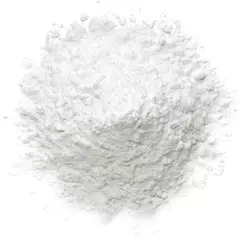Natural Ulexite Granular (Technical 25%) - Bolivia
|
IUPAC Name |
: Ulexite |
|
Cas Number |
: 1319-33-1 |
|
HS Code |
: 25280090 |
|
Formula |
: NaCaB5O6(OH)6•5(H2O) |
Basic Info
|
Appearance Name |
: White Powder |
|
Common Names |
: Ulexite |
|
Packaging |
: 1000 kg of big bags |


.webp)



